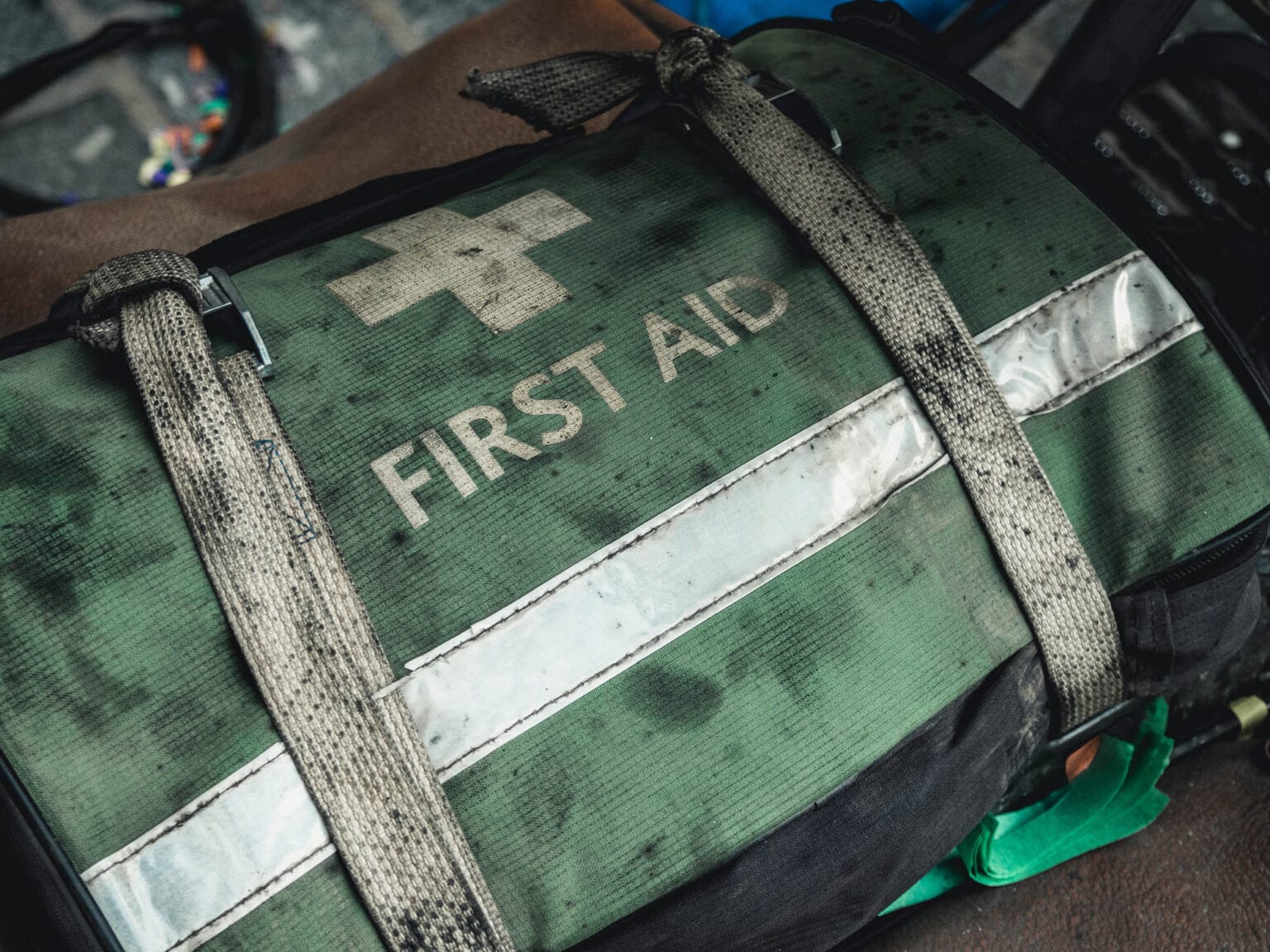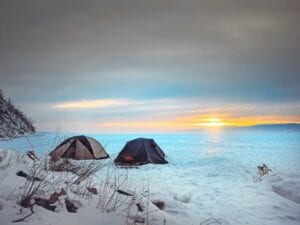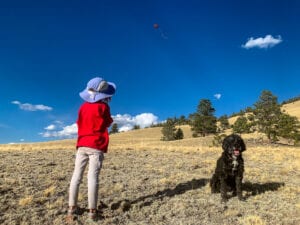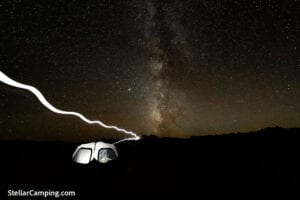First aid for camping

The prospect of suffering injuries while camping can be a little scary. But camping is a relatively safe activity—in fact, statistics suggest that driving to one’s campsite is more risky than camping itself. Nevertheless, it’s important to be prepared to handle medical issues that can rear their heads. The first step is to bring a well-equipped first-aid kit. You can find reviews of first-aid kits designed for the outdoors here.
Further, it’s a good idea to take first-aid and CPR courses before heading into the great outdoors. Though there’s no real substitute for those courses, here’s a super-quick-and-dirty guide to very basic first aid in wild settings, with the hope that a short snippet of key treatment approaches may stick in your mind. Remember that serious medical issues may require evacuation for treatment, and campers always should use their best, informed judgment.
Bee sting
- Scrape with fingernail to remove stinger (rather than using tweezers), wash site, apply cool compresses, consider taking pain relieving or antihistamine medication (severe allergic reactions require medical treatment)
Tick bite
- Remove tick with tweezers through steady pulling motion, then clean the area
Contact with poison ivy, oak, or sumac
- Wash the affected skin as soon as you can and don’t scratch
Blisters
- Prevent blisters by making sure your boots fit well, using good quality hiking socks, and not letting your feet stay moist
- If you feel a blister beginning, cover it with a blister bandage, tape, or donut-shaped moleskin; pop a painful blister if necessary with disinfected needle/safety pin, apply antibiotic, cover
Frostnip/frostbite
- For mild cases, warm the affected area with body heat or by immersing in water just above body temperature; avoid rubbing
Hypothermia
- For mild hypothermia, warm the person in dry clothes and blanket; provide hot drinks and hot packs (severe hypothermia requires medical attention)
Altitude sickness
- Descend to a lower elevation; seek medical help if the person has difficulty walking in a straight line, hallucinations, shortness of breath, or dry cough
Broken bones
- Rest, immobilize the affected area, and seek medical help
Cuts and scrapes
- Apply pressure to stop bleeding, wash, bandage, watch for infection
Flu-like symptoms, vomiting, diarrhea
- Simply rest and hydrate unless symptoms are serious
Heat exhaustion
- Seek shade, apply cool water to skin, sip water
Minor burns
- Run cold water over the burn, clean and apply antibiotic ointment, wrap; watch for signs of infection
Sprains and strains
- Apply the RICE method: rest, ice (or chilling by other available means), compression, elevation
Concussion
- The most conservative course of action is to evacuate—slowly if less serious, or quickly if more serious
Lightning strike
- Administer CPR if victim is not breathing (the person will not retain an electric charge)
DISCLAIMER: THIS WEBSITE DOES NOT PROVIDE MEDICAL ADVICE. The information on this website is for informational purposes only. Information on this site is not meant to be a substitute for professional medical advice, diagnosis, or treatment. Seek the advice of a qualified health care provider with any questions about a medical issue, and never disregard professional medical advice or delay in seeking it because of something you have read on this website.






